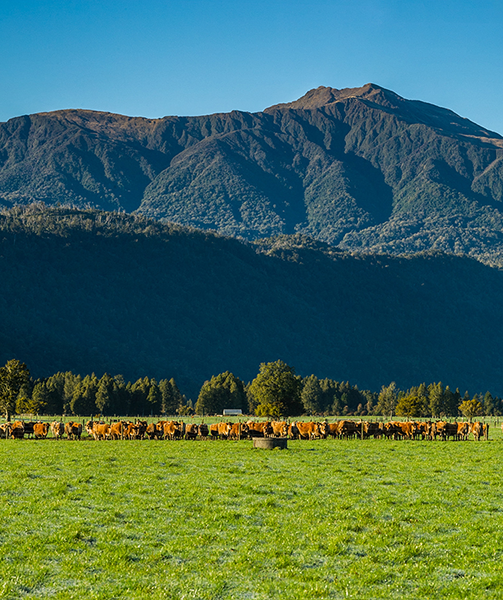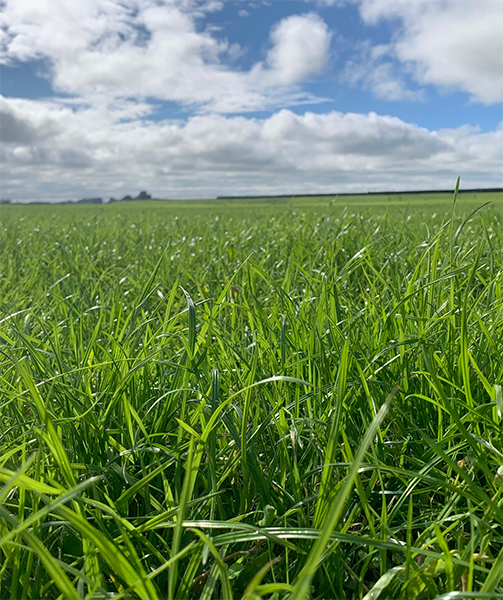PASTURE MANAGEMENT: ESTABLISHING NEW PASTURE
Pasture management is a crucial part of farming, and even more important during a drought. Here’s a step-by step guide for getting it right during challenging conditions.
Should I have an autumn regrassing programme?
The ryegrass variety and endophyte you purchase will depend on your farming system, insect/pest challenges, climate, topography and livestock policy. You’ll also need to understand the different ryegrass functions to help fill your feed deficit, e.g. annual vs hybrid vs perennial ryegrass.
Homegrown feed is obviously cheaper than imported feed, but run- out pastures, and pastures burnt out from drought or other events, are too costly not to be producing pasture. A feed budget is a great place to start identifying feed shortages, and to help with the pasture renewal process.
Opposite is a decision tree to help simplify the autumn regrassing process.
Any regrassing and cropping program should be done in conjunction with a soil and herbage test to ensure the best possible result from your investment. Consult with your local Farmlands Technical Field Officer to discuss the available options that will work for your farm.
Establishing new pasture
To establish a new ryegrass pasture successfully, several factors must be considered to ensure optimal growth. These considerations include, but are not limited to:
Soil nutritional status
Paddock preparation
Soil temperature
Paddock history
Sowing depth
Conducting a soil test well in advance of the sowing date (around six months beforehand) is advisable. This test will reveal any deficiencies in the soil of nutrients critical for successful pasture establishment. Additionally, an examination of the paddock's history should be conducted to rule out any chemical residues that may hinder grass establishment. The importance of paddock preparation should not be underestimated. It is imperative the paddock is level and free of weeds to create a uniform seedbed. This ensures minimal competition during establishment and helps to make sure the seeds are sown at the correct depth throughout the paddock.
Ideally, new pasture should be sown when the soil temperature is between 10-12°C, to compete effectively with weeds. Ryegrass is less sensitive to sowing depth compared to clovers and can be sown at a depth of 20mm. However, when combined with clover, it is advisable to sow it at a depth of 5-10mm to facilitate correct clover establishment. Maximising seed-to-soil contact increases the chances of germination. Phosphate and nitrogen (N) are pivotal nutrients for pasture establishment. Phosphate is crucial for root development, while nitrogen encourages grasses to tiller and promotes growth. Clover in the new pasture will not fix enough N to meet demand during the first 12 months. Therefore, it is essential to apply N in small quantities, taking care not to over-apply as this can suppress clover growth.





